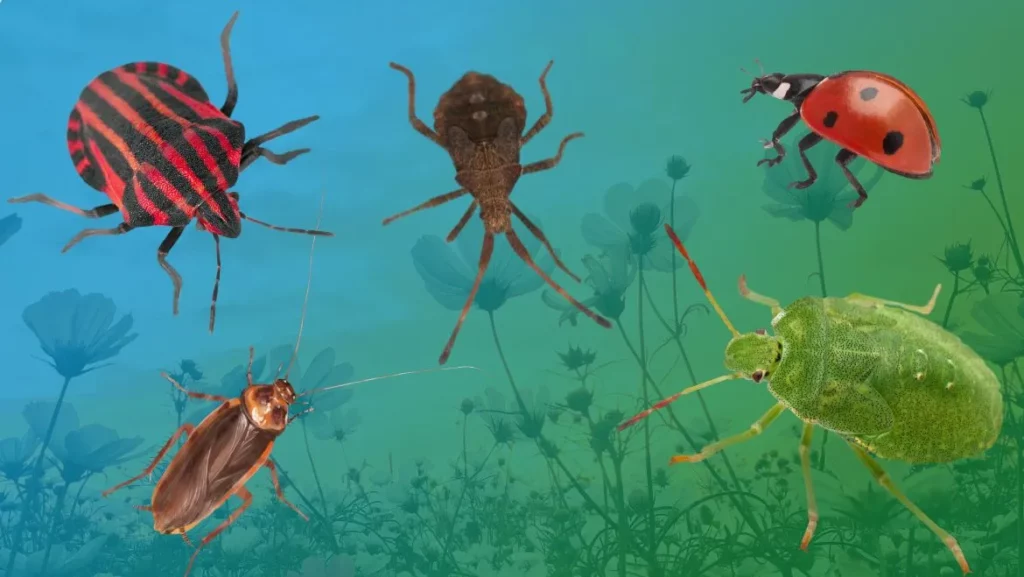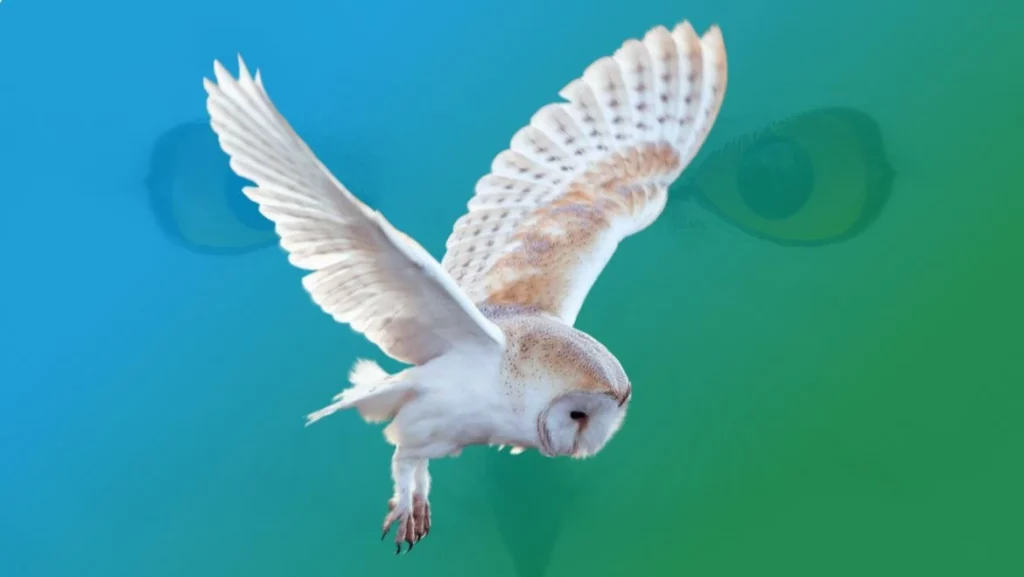In the realm of spirit animals, the bug emerges as a unique and multifaceted symbol. Often overlooked due to its small size, the bug holds profound lessons and insights for those willing to delve into its world. This exploration will uncover the hidden traits, the natural habitat, the cultural significance, and the spiritual symbolism of the bug as a power animal, culminating in practical wisdom for incorporating its qualities into our daily lives.
The Bug’s Animal Totem Traits
Bugs, in their incredible diversity, exhibit a range of traits that inspire both awe and reflection. Adaptability stands out as a key characteristic, with many bugs thriving in a variety of environments, from arid deserts to lush rainforests. Their resilience is another remarkable trait; bugs demonstrate an extraordinary ability to survive and even flourish under challenging conditions.
Furthermore, bugs often display a remarkable sense of community, particularly in species that live in colonies, where cooperation and collective effort are vital for survival.
Spirit Animal Bug: Habitat & Adaptability
Bugs inhabit virtually every corner of the Earth, showcasing their unparalleled adaptability. They have evolved to survive in extreme conditions, from the scorching heat of the desert to the freezing temperatures of the Arctic. This adaptability speaks volumes about the bug’s spirit, embodying flexibility, perseverance, and the ability to thrive in diverse circumstances.
This is a brief categorization of the main types of bugs on Earth:
Insects
- Beetles (Coleoptera): The largest order of insects, including species like ladybugs, weevils, and fireflies.
- Butterflies and Moths (Lepidoptera): Includes all butterflies and moths, known for their colorful wings and metamorphic life cycle.
- Bees, Wasps, and Ants (Hymenoptera): Social insects known for their roles in pollination, community living, and sometimes stinging.
- Flies (Diptera): Includes houseflies, mosquitoes, and fruit flies, characterized by having a single pair of wings.
- True Bugs (Hemiptera): Includes aphids, cicadas, and shield bugs, known for their piercing and sucking mouthparts.
- Grasshoppers, Crickets, and Katydids (Orthoptera): Known for their jumping abilities and sound production.
- Dragonflies and Damselflies (Odonata): Predatory insects with elongated bodies and two pairs of strong wings.
- Termites (Isoptera): Social insects that feed on wood and are known for their complex colonies.
- Cockroaches (Blattodea): Known for their hardiness and adaptability to various environments.
Arachnids
- Spiders (Araneae): Predatory arachnids known for their silk webs.
- Scorpions (Scorpiones): Recognized by their pincers and venomous stinger.
- Mites and Ticks (Acari): Small arachnids, some of which are parasitic.
Myriapods
- Centipedes (Chilopoda): Predatory myriapods with one pair of legs per body segment.
- Millipedes (Diplopoda): Detritivores with two pairs of legs per body segment.
Crustaceans (Terrestrial)
- Pill Bugs and Sow Bugs (Isopoda): Terrestrial crustaceans commonly found in moist environments.
Power Animal Bug: Cultural Significance Across the Globe
In many cultures, bugs hold significant symbolic value. In Ancient Egypt, the scarab beetle was revered as a symbol of rebirth and regeneration, often depicted in art and amulets. Native American traditions also hold certain bugs, like the spider, in high esteem for their skill and creativity. In contemporary symbolism, bugs often represent transformation, given their life cycles of metamorphosis, such as the caterpillar’s journey to becoming a butterfly.

Spiritual Symbolism & Lessons of the Bug Spirit Guide
The bug as a spirit guide brings forth the message of transformation, reminding us of the constant changes and transitions in our lives. It encourages embracing change with resilience and adaptability, much like it does. The bug also teaches the importance of community and cooperation, urging us to work together towards common goals and to support each other in times of need.
Integrating the Bug’s Wisdom into Daily Life
Embracing the bug’s spirit involves cultivating adaptability in the face of life’s changes and challenges. It encourages us to be resilient, to persevere through difficult times, and to embrace our own processes of transformation and growth. By valuing the community and the collective effort, we learn to thrive not just as individuals but as part of a larger whole, enriching our lives and those around us.
In conclusion, the soul of the bug, with its profound adaptability, resilience, and sense of community, offers rich insights and practical wisdom for navigating the complexities of life. By integrating these qualities, we can learn to embrace change, thrive in diverse environments, and foster a sense of unity and cooperation in our communities.















